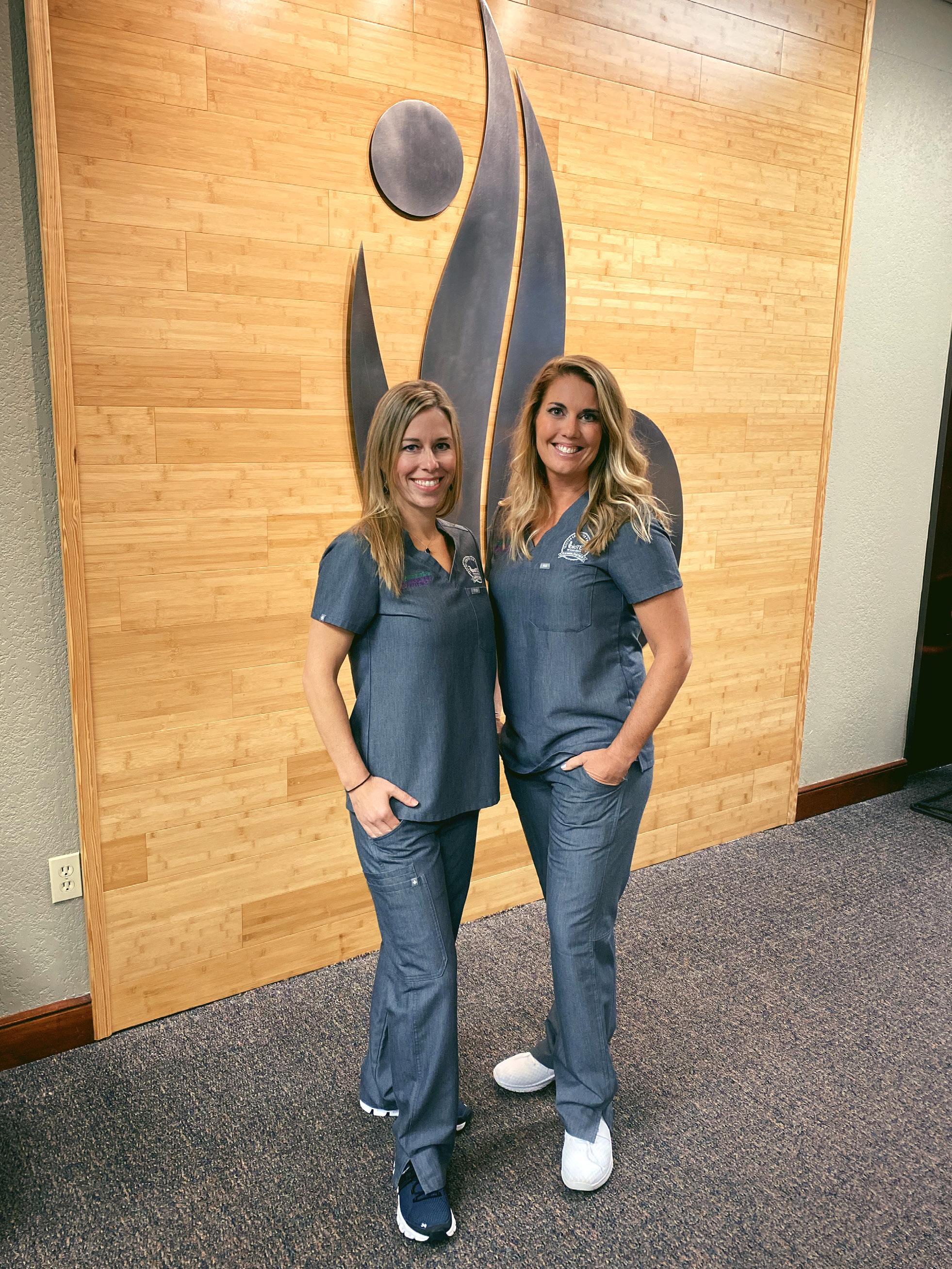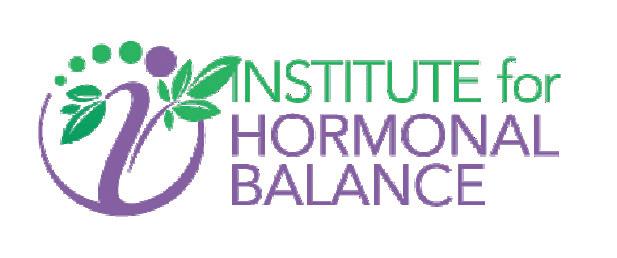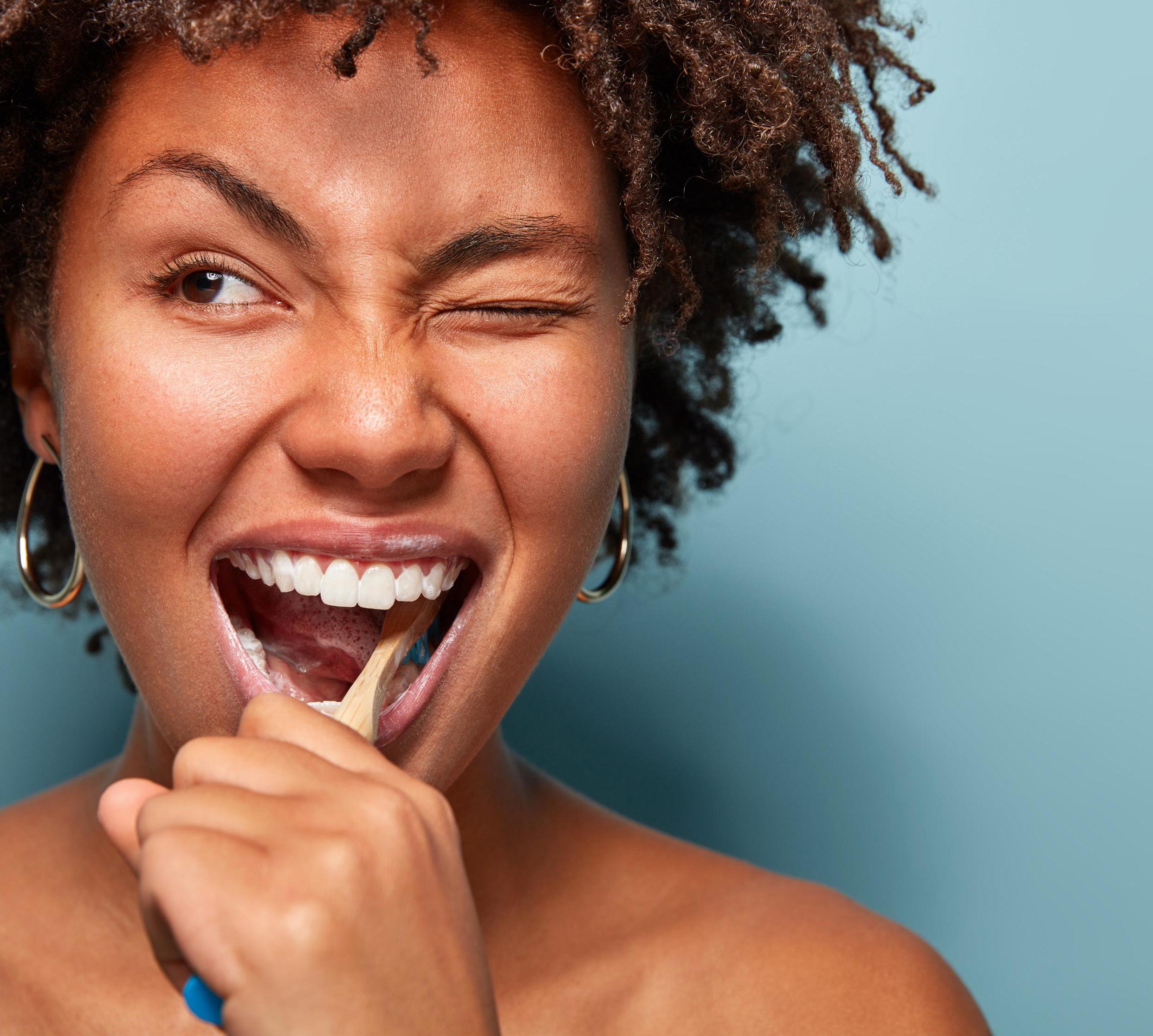
9 minute read
WELLNESS
DR. MANDY COTTEN, FNP-C
THE WONDERS OF IV Therapy

IMMEDIATE DELIVERY OF THE THINGS YOUR BODY NEEDS
BY DR. MANDY COTTEN
-list celebrities and elite athletes are discovering the benefits of IV therapy to quickly access the essential vitamins and nutrients their bodies need for optimal wellness. Others are utilizing IV therapy to help their body heal itself naturally and recover faster from health setbacks. IV drips allow the body to absorb the things it needs — the things it craves — at a higher percentage, feeding cells directly and fueling a balanced life, as well as helping battle the toxins that, unfortunately, are part of our day-to-day lives. Just like your car needs gas to run, your body needs essential nutrients and proper hydration to function at its best. Enter IV therapy, a breakthrough wellness trends that enables anyone to obtain both hydration and missing nutrients directly into their bloodstream and right where they need it most. With IV treatment administered by a qualified healthcare professional, fluids go directly into your bloodstream, so your body doesn’t have to wait hours for the digestion process before reaping the desired benefits.
Trained healthcare professionals know how to prepare and insert the needle into your vein and deliver the fluids from the IV line, minimizing any risk of infection or contamination and ensuring you’re comfortable during your treatment. With regularly scheduled IV therapy, it’s easy to realize your health goals — looking, feeling, and performing at your best. For years, IV therapy was associated with a stay in the hospital. It’s now widely available at select healthcare facilities, “drip bars”, and even right in your home. Most report that IV therapy helps them feel relaxed, re-energized, and revitalized with ingredients delivered into the bloodstream promoting sensations of relaxation. If the pandemic of the last year has taught us anything, it’s the importance of a robust immune system. IV therapy is also an excellent way to strengthen and bolster your immune system, as essential nutrients and hydration are delivered into your bloodstream to keep it working the way it should, fighting off threats to your health. IV therapy isn’t one-fits-all but a highly personalized treatment that can be adjusted based on individual needs. Whether you’re hoping to enhance your athletic recovery, fight off symptoms of a range of illnesses, even recover from a hangover, your healthcare provider can talk to you about creating an IV delivery that’s specific to your individual lifestyle, needs, and desires. Ask for IV treatment with natural ingredients such as vitamin C, magnesium, zinc, and B12, the very things your body craves, delivered directly into your bloodstream helping you feel your best — faster.
FIND YOURSELF
AGAIN WITH

COMMON SYMPTOMS OF HORMONE IMBALANCE

• Reduced mental focus & memory • Fatigue, lack of energy • Difficulty sleeping • Irritable, anxious or depressed • Decreased muscle strength, joint pain • Reduced sexual desire and performance
SERVICES
Ask us about IV Therapy!
• BioTE® Hormone Optimization • Holistic Health Care • Thyroid Management • Weight Management • Aesthetic Services • Vaginal Rejuvenation • Emsella® For Urinary Incontinence • O Shot & Priapus Shot • IV Therapy
Dr. Mandy Cotten, FNP-C and Dr. Kylie Bunner, FNP-C Call today to get started! 817-467-7474
4224 Park Springs Blvd. Suite 100 Arlington, TX 76016 Donovitz.com


SCREEN saver
A ROUTINE MAMMOGRAM SAVED MY LIFE — IT COULD SAVE YOURS, TOO
BY ANNETTE BROOKS
hen you hear that a 15-minute, noninvasive imaging test could potentially save your life, chances are, you wouldn’t think twice about doing it. Yet every year, millions of women skip or postpone their annual screening mammogram despite knowing that one in eight women will be diagnosed with breast cancer in her lifetime.
Sure, it’s tempting to skip or postpone a mammogram. Life is busy, and for many of us, mammograms are uncomfortable during breast compression. Other things can sway us, too. Perhaps previous mammograms have been clear for years. Maybe you don’t have a family history of breast cancer. Or, since you feel nothing abnormal when doing a breast self-exam, you think you’re good. Well, here are some facts to consider.
More than 75% of women with breast cancer have no family history of the disease, and less than 10% have a known gene mutation that increases risk.
Mammograms can detect cancers before a lump is ever felt via breast self-exam or a clinical breast exam.
According to the National Cancer Institute (NCI) Trusted Source, doctors most often diagnose breast cancer in females aged 55–64 years, with 62 being the median age. BENEFITS OF EARLY DETECTION

Breast cancer is more treatable than ever before, and your chance of survival increases if it’s detected at an early stage before it has spread. Per the American Cancer Society, the five-year survival rate for most breast cancer cases diagnosed early at the localized stage — Stage I and not having spread to lymph nodes or other places outside of the breast — is estimated at 99 to 100%. These are odds to celebrate.
Also, depending on your diagnosis (some breast cancers are extremely aggressive while others are not), early detection may mean you can choose less invasive and less extensive treatment options. You could, for example, be a candidate for lumpectomy versus mastectomy and radiation therapy without chemotherapy as I was. Options like this are a big deal. They make treatment easier to get through and help ongoing post-treatment side effects be more bearable. Many of us pink sisters deal with side effects from surgery, lymph node removal, radiation therapy, and chemotherapy for years, if not our entire lives. And if you’re diagnosed with estrogen-positive breast cancer, the side effects from pharmaceutical drugs taken for years to block/reduce estrogen production are a supreme challenge for many survivors.
Breakthroughs in Breast Imaging
Breast imaging has come a long way since mammograms went mainstream decades ago.
Breast-shaped compression surfaces such as SmartCurve help make mammograms more comfortable without compromising image quality. 3D mammography (digital breast tomosyn thesis or DBT) makes it easier for doctors to catch breast cancer early and reduces the chances of a false positive.
A breast MRI can locate some small breast lesions sometimes missed by mammography and is used to help detect breast cancer in women with breast implants and women with dense breast tissue.
FIVE-STEP MONTHLY BREAST SELF-EXAM
Breast self-examination (BSE) is a useful and effective tool for checking changes in your breasts and should be part of your overall breast health strategy. Check out BreastCancer.org/symptoms/testing/types/ self_exam for a complete step-by-step BSE and what to do if you find a lump. Please remember, however, that BSE is not a replacement for screening mammograms or seeing your physician for a clinical breast exam.

WATCH YOUR mouth!
BY DAVID BUICE
ost of us realize the importance of brushing and flossing our teeth daily. However, what you may not appreciate is just how essential dental hygiene is to your overall health. In reality, a synergistic relationship exists between your teeth and gums and the organs throughout your body. What happens in your mouth can adversely affect the proper functioning of other organs beyond your mouth, while at the same time, things occurring in other parts of your body can negatively impact your teeth and gums. BACTERIA BY THE MILLIONS Much of the story regarding dental hygiene and your overall health begins with the approximately six million bacteria teeming in your mouth. Most are relatively harmless, but not all are. Without proper oral hygiene, bacteria can reach levels that lead to tooth decay and gum disease. And numerous studies have suggested the bacteria and inflammation associated with periodontitis (severe gum disease) may play a role in spreading disease via the bloodstream to other parts of your body. At the same time, diseases such as diabetes and HIV/ AIDS can lower the body’s resistance to infection and make oral health problems more severe.
Finally, further complicating the situation, certain medications such as decongestants, antihistamines, painkillers, diuretics, and antidepressants reduce saliva flow. Saliva plays an essential role in protecting you from microbes that multiply and can lead to disease in your mouth and elsewhere in your body. CONDITIONS BEYOND THE MOUTH LINKED TO ORAL HEALTH Poor oral hygiene may contribute to several health issues, including the following.
Endocarditis – This is an infection that typically occurs when bacteria spread into your bloodstream from other parts of your body, including the mouth, and attaches to the endocardium, the smooth membrane that lines in the inside chambers of the heart and forms the surface of the heart valves.
Atherosclerosis – Although the connection is not fully understood, some studies suggest clogged arteries and stroke might be linked to the inflammation and infections caused by oral bacteria.
Pregnancy and birth conditions – Periodontitis (gum disease) has been linked to premature birth and low birth weight.
Pneumonia – Certain bacteria in the mouth can be drawn into the lungs, causing pneumonia and other respiratory issues. BODILY CONDITIONS AFFECTING ORAL HEALTH These conditions, among others, may negatively affect your oral health.
Diabetes – By reducing the body’s resistance to infection, diabetes puts your gums at risk. And in a vicious cycle, periodontal disease can make your blood sugar difficult to control, making your diabetes worse.
HIV/AIDS – Oral problems, such as mucosal lesions, are common in HIV/AIDS patients.
Osteoporosis – Bones easily can fracture when they become fragile due to osteoporosis, and this condition may be connected to tooth and jawbone loss. PREVENTIVE CARE Given the connection between oral health and other systemic health issues, preventive oral health care is essential. You should brush twice and floss once daily, have regular dental checkups and cleanings, and tell your dentist about any changes in your overall health.

Tooth Loss, Cognitive Decline and Dementia, Is There a Link?
According to the CDC (Centers for Disease Control and Prevention), about five million Americans aged 65 years or older have dementia, with Alzheimer’s disease accounting for 60 to 80% of dementia cases. To date, there is no known cure for neurodegenerative diseases like Alzheimer’s, and in looking for a cure for the most common forms of dementia, researchers are interested in identifying any potential risk factors contributing to the onset of these disorders. One recent study involving slightly over 34,000 participants took place at New York University Rory Meyers College of Nursing. It was conducted by researchers wanting to see if there’s a connection between tooth loss, the number of teeth lost, and cognitive decline, and dementia. The researchers found that tooth loss was associated with a 1.48 times greater risk of cognitive decline and 1.28 times greater risk of dementia. And for every tooth lost, a person had a 1.4% greater risk of cognitive decline and a 1.1% greater risk of developing dementia. The NYU researchers concede that it is unclear exactly what mechanism is behind the seeming connection between tooth loss, cognitive decline, and dementia. More research is needed, but if nothing else, their preliminary findings should provide added impetus for taking good care of your teeth wand gums.





